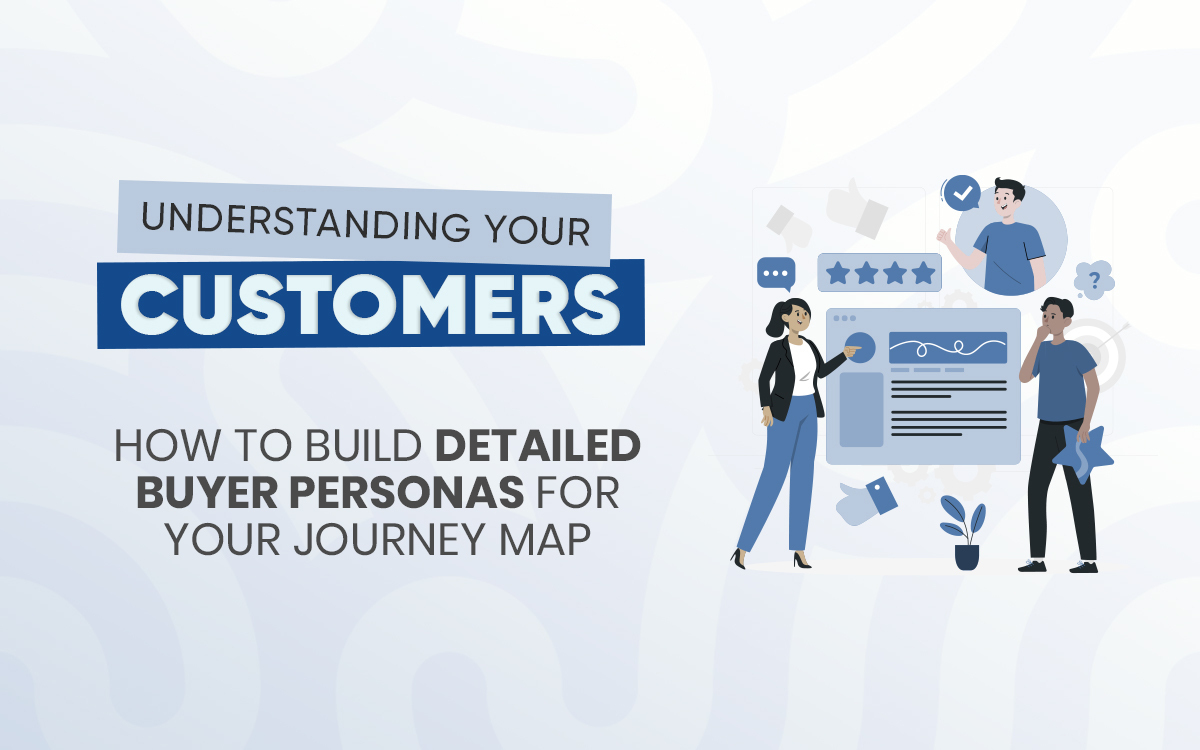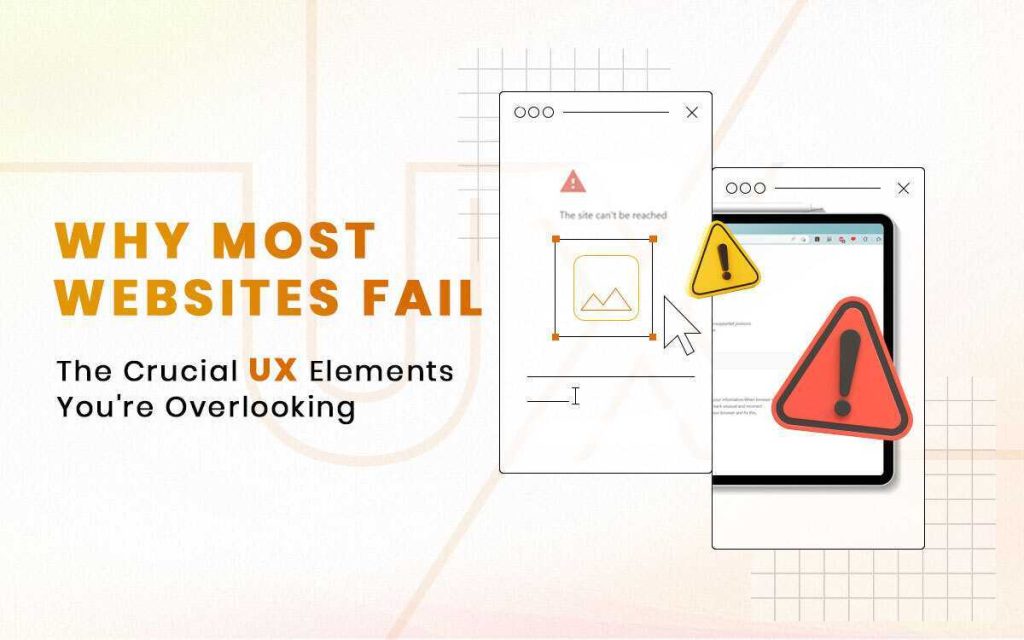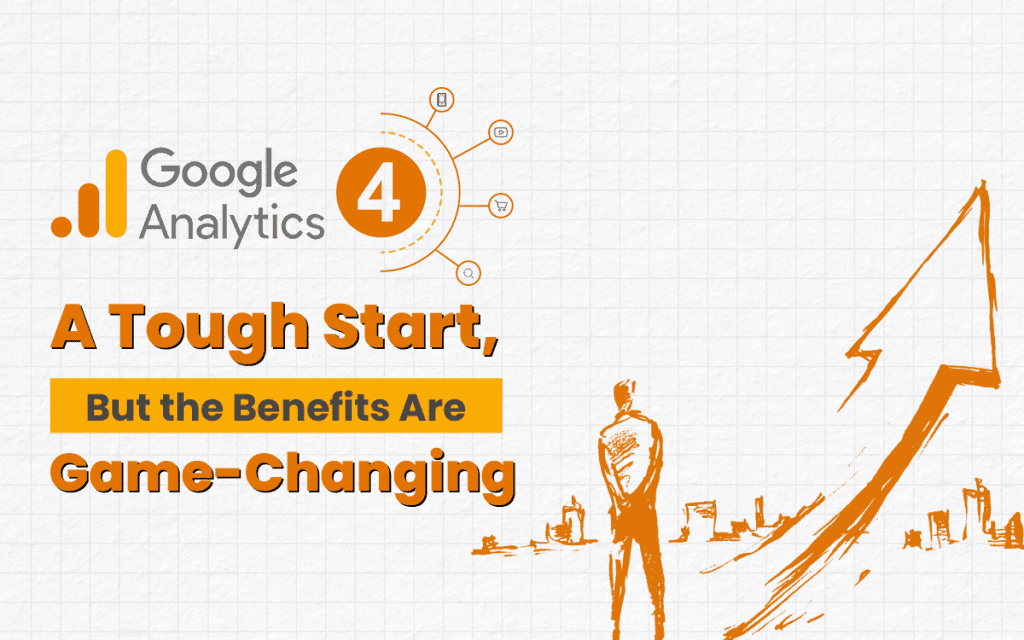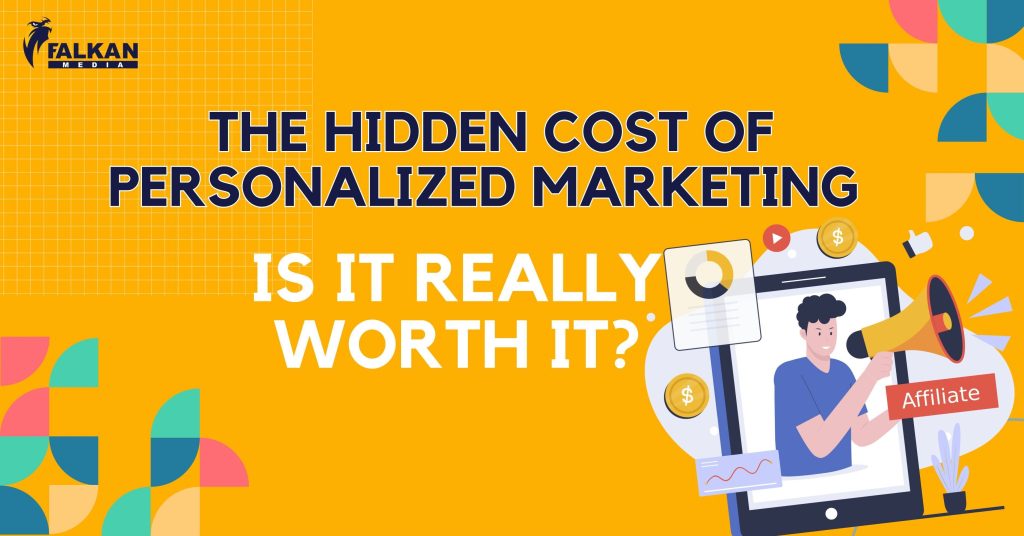Creating a customer journey map can make even the best marketers pause and question how well they truly understand their prospects.
If this sounds familiar, don’t worry.
Even if you’ve never crafted a buyer persona before, I’m here to guide you through the process of understanding who your customers are and what they need.
Let’s dive in.
What Is a Customer Journey Map?
A customer journey map is a simple diagram that shows each step your customer takes, from first learning about your product to making a purchase. It includes who they are, what they need, and any questions or concerns they might have. This map helps your team make smarter decisions and better target your audience.
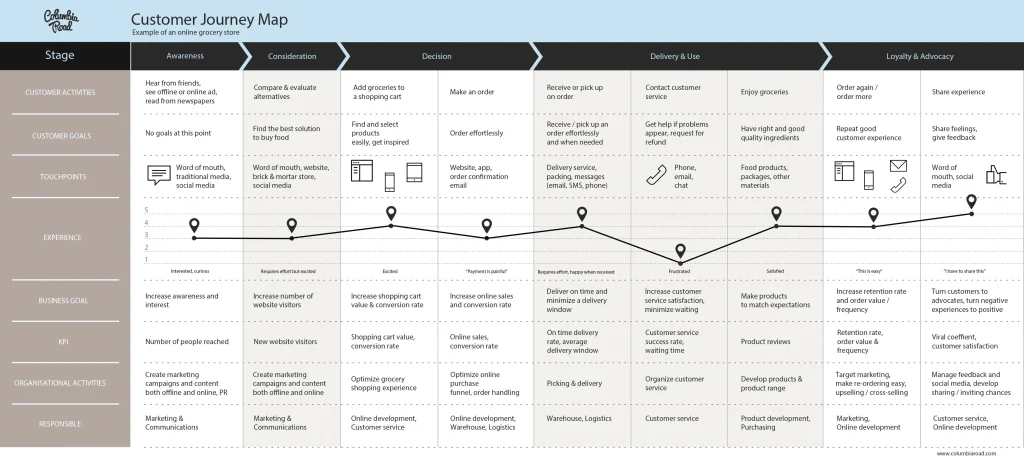
Steps to Creating a Customer Journey Map
1. Identify Core Demographics:
Start with basic info like gender, age, job title, and location. You can find this data in your CRM or through surveys.
2. Humanize the Persona:
Give your persona a name and picture. This helps you see them as real people, not just data points.
Stages of the Customer Journey
Let’s break it down into three simple stages:
1. Awareness Stage:
This is when your potential customer first hears about your product. Maybe they saw an ad, read an article, or heard about you from a friend.
2. Comparison Stage:
Now they’re comparing your product to others. They’re looking at features, prices, and reviews to see which option is best.
3. Decision Stage:
Finally, they decide whether to buy. This choice is influenced by things like price, product quality, and customer service.
Customer Journey Map Example
Meet Alex, a 35-year-old fitness enthusiast looking for a new protein powder. Here’s his journey:
Awareness Stage:
Alex sees an ad for your protein powder on Instagram. He’s intrigued because it’s plant-based and fits his diet.
Comparison Stage:
Alex checks out your website and compares your protein powder to others. He reads reviews, looks at ingredients, and considers the price.
Decision Stage:
Alex decides to buy your protein powder because it has great reviews, a reasonable price, and free shipping. He places an order and eagerly waits for it to arrive.
Understanding the Buyer’s Needs
Your buyers are eager to tell you what they need. Just ask them! Use simple follow-up questions, polls, and surveys. Even if you’re not sure exactly what they need, you can make educated guesses based on their role and responsibilities.
Dealing with Common Roadblocks
Identify any obstacles that might prevent your customers from buying. These could be concerns about price, quality, or anything else. Address these roadblocks in your map to help your sales team tackle them before they become major issues.
Create a Customer Journey Map for Each Type of Customer
Each type of customer has a different journey, objections, and challenges. For example, in retail, you have suppliers, wholesalers, and resellers. Customize your maps to address each group’s unique needs.
Customer Journey Maps and Content Creation
Creating content for each stage of the journey can guide your prospects toward making a purchase. Provide helpful, informative, and engaging content to keep them interested.
Pre-purchase Stage:
Focus on educational content like blog posts, social media updates, eBooks, and case studies.
Consideration Stage:
Provide reassurance with product comparisons, in-depth blog posts, videos, and targeted email marketing.
Purchase Stage:
Offer detailed product guides, FAQs, pre-sale support, and continued email marketing to address any final doubts.
FAQs
What Is a Customer Journey Map?
A customer journey map is a visual that shows every step a customer takes when interacting with a company. It includes all the points where the customer connects with the business, from their first contact to follow-ups after a purchase.
What’s the Difference Between Customer Journey and Customer Experience?
The customer journey is all the actions and interactions a customer has with a brand. Customer experience is how a business interacts with customers at each touchpoint. While closely related, they are not the same. The customer experience is a crucial part of the customer journey, but the journey itself is the broader path the customer takes.
What Are the Most Common Customer Journey Stages?
Common Steps in a Customer Journey
Every customer journey can vary, but there are five common steps:
- Awareness: The customer learns about your brand.
- Consideration: They compare your products or services with others.
- Purchase: They decide to buy from you.
- Retention: They keep coming back.
- Advocacy: They recommend your brand to others.
What Are the Five Reasons to Use a Customer Journey Map?
- Improves Communication: Helps you talk to customers more effectively.
- Better Understanding: You get to know what your customers need.
- Problem Prevention: Identify potential issues before they occur.
- Proactive Service: Approach customer service more effectively.
- Cost Efficiency: Solve problems quickly, saving time and money
What Should A Customer Journey Map Include?
- Outline Touchpoints: Clearly mark every point where a customer interacts with your brand, from first awareness to post-purchase.
- Consider Emotions and Needs: Think about what customers want to achieve and their pain points at each stage. This helps create a complete view of their experience.
- Include Data: Collecting data at each stage gives you valuable insights into your customer demographics and helps you market to them better.
By understanding and mapping out the customer journey, you can enhance the overall experience, meet customer needs more effectively, and drive your business forward.
Conclusion
Don’t panic—prioritize! Focus on your most profitable customers first and build detailed personas for them. Remember, buyers are multi-faceted and sometimes make unexpected decisions. By understanding your customers better, you can create more effective conversion funnels that make it easy for them to take action.
Creating a customer journey map helps you step into your buyer’s shoes, making the buying process clearer and more aligned with their needs.

